29th Aug 2024
I like to think of gin as the white spirit designed for wine lovers. Each uniquely blended, aromatic concoction of fragrant botanicals is akin to discovering a new singular wine expression. What’s more, many of the international style craft/artisanal gins emerging from around the world today go a step further and use locally grown or foraged ingredients that, similar to wine, can transmit a sense of place and transport you.
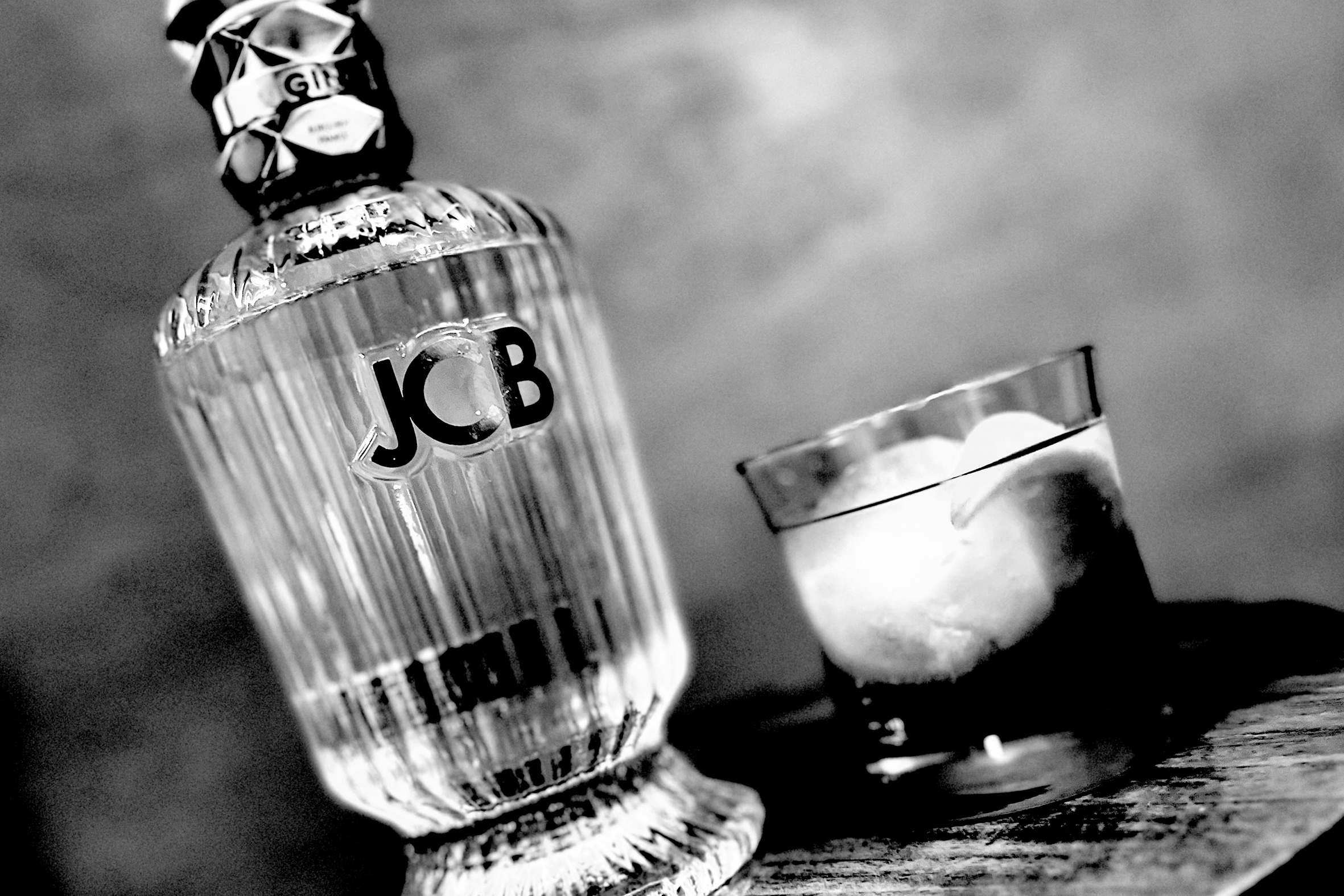
In the Spirit
A well-constructed gin is as intensely grounded as it is intriguingly nuanced. The best examples are complex, possessing accents of scents/flavors composed around an aromatic base, which is the classic juniper component. Juniper lends that distinctive pine-like or cedary character to gin, but, like a winemaker’s use of oak, it’s important that this flavor remains in the background and allows the complex array of other aromas/flavors to shine through. A gin distiller’s recipe is their secret sauce, but typical additions may include citrus peels (orange, lemon, lime, yuzu, etc.), rosemary, thyme, licorice root, coriander, cinnamon, lavender, cardamom, ginger, orris root, angelica, and nutmeg, to name a few. The list of possible ingredients is limited only by the blender’s imagination.
Part of the skill of making a great gin is not just the secret recipe but the infusion method.
The botanicals are infused into a neutral spirit using one of three methods: steeping (like making tea), vapor infusion (where the botanicals are exposed to the alcohol’s steam and then reliquefied), or vacuum infusion (a cold distillation process—arguably allowing greater purity of aromas than the heat-altering vapor method). Interestingly, the neutral spirit can be distilled from a whole range of grains, including wheat, corn, barley, rye, rice, and even grapes. While the differences are subtle, the spirit base contributes ever-so-slightly to the style of the gin.
The trend with many modern international-style gins is to include botanicals that reflect their origins, such as the local ingredients in Ki No Bi from Kyoto, Japan, or Alamere, Tin City, and Gray Whale gins from California. Others look to conjure the images of times, places, and people, like Silk Road from Cambridgeshire in the UK or JCB from Burgundy. Apart from their quality, these story-telling gins are the types I believe could be most interesting to wine lovers, which is why I’ve chosen to highlight them. I’ve only included six of my favorite discoveries below, but I’ve no doubt that readers have dozens more examples like these to share among wine friends.
As for the best way to experience these place-evocative gins, try them over crushed ice and/or with a splash of soda water for the purest sensation.
Then again, I do love a good Martini. Citrusy gins do well in a straight-up gin and tonic, while the more opulent (spicy/floral) gins really hold their own in my favorite cocktail: the Negroni. A classic Negroni is made with equal parts gin, red vermouth, and Campari; however, the nuances of a special gin can be overshadowed by the Campari’s powerful bitter/sweet nature. Therefore, I like to substitute the Campari for one of the citrus Mommenpop aperitifs made by winemaker Samantha Sheehan in Napa. This component is not as alcoholic, bitter, or sweet as Campari, yet lends an extra citrusy layer to the cocktail. Also, the red color from the Mommenpop is not as vibrant, so this cocktail turns out looking more like a Negroni Rosé, which is what I call it.
Happy Gin Hunting!
Negroni Rosé Recipe
Add equal parts of gin (my favorite for this is the JCB), red vermouth (I use Dolin from Chambéry, France), and Mommenpop Blood Orange or Ruby Grapefruit in a shaker with crushed ice. Shake and strain into a glass over a large ice cube. Serve with an orange or citron peel garnish.

Ki No Bi – Kyoto Dry Gin, The Kyoto Distillery
Made from 100% rice neutral spirit.
45.7% ABV
$75.00
Ki No Bi means “the beauty of the seasons.” This gin has a base of juniper, orris, and akamatsu (Japanese red pine), plus a delicate blend of local ingredients/regional botanicals, including yuzu, lemon, ginger, green tea, bamboo leaves, hinoki (cypress), sansho pepper, and red shiso leaves. The botanicals are separated into six elements: Base, Citrus, Tea, Herbal, Spice, and Fruity and Floral, and each category is distilled individually.
Tasting Note: Ki No Bi Gin is scented with distinctive notes of pinecone, yuzu, and lemon. Its undercurrent is nori and green tea, plus subtle suggestions of white pepper, coriander seed, shiso, and ginger. The palate is thick, viscous, and heady. Don’t let the graceful nose fool you—this gin packs a powerful finish! 96 points.
Silk Road Gin, Cambridgeshire, UK, The Saragusta Spirits Co.
Made by a single distillation in a copper still.
40% ABV
$35.00
This is a classic London Dry style gin with a historical twist that tells the story of the journeys along the trade route between the UK/Europe and the Far East to exchange local goods for fragrant spices, teas, grains, and fruits, etc. It’s made in Cambridgeshire, England, by a small, artisanal distiller—The Saragusta Spirits Co. This gin is produced in small batches in a traditional Portuguese alembic copper still using a single distillation. Apart from juniper, This Silk Road Gin’s ingredients list is said to include lemongrass, Buddha’s head, coriander, macadamia nut, coconut, and coconut blossom nectar.
Tasting Note: A cedary core gives way to expressive notes of lemongrass, coriander, juniper, lime leaves, and dill seed on the nose of the Silk Road Gin. Coconut and macadamia come through on the palate, lending a tropical touch, yet it’s quite light on its feet and zesty on the finish with a compelling touch of astringency. 94 points.
JCB Gin, Burgundy, France, JCB Spirits
The botanicals are infused in a grape-based neutral spirit distilled seven times.
45% ABV
$100.00
JCB stands for Jean-Charles Boisset, the larger-than-life proprietor and winemaker at Raymond Vineyards, DeLoach, and Buena Vista, as well as numerous wine projects in California, Burgundy, and Champagne. The neutral spirit for this gin is distilled from a wine made in Burgundy from Pinot Noir and Chardonnay, which is barrel fermented and aged for six months. The wine is then distilled seven times and filtered four times, producing a very elegant, pure spirit.
A hundred bucks a bottle is on the pricy side for a gin, but this one is worth every penny, exuding opulence with its intense perfume and seductive creaminess in the mouth. Declared botanicals include juniper, roses, coriander, chamomile, honeysuckle, dandelion, calendula, borage, valerian, stinging nettle, lemon balm, yarrow, and the extracts of 44 spices.
Tasting note: The JCB Gin pirouettes out of the glass with wonderfully distinctive rose oil and chamomile tea notes on the nose, followed by a spicy undercurrent of nutmeg, cinnamon stick, white pepper, dried mint, and saffron. The palate is so satiny and nuanced—like a dry, vinous Turkish Delight with incredible length and many layers. There can be no question that this is a gin made by a winemaker! 98 points.
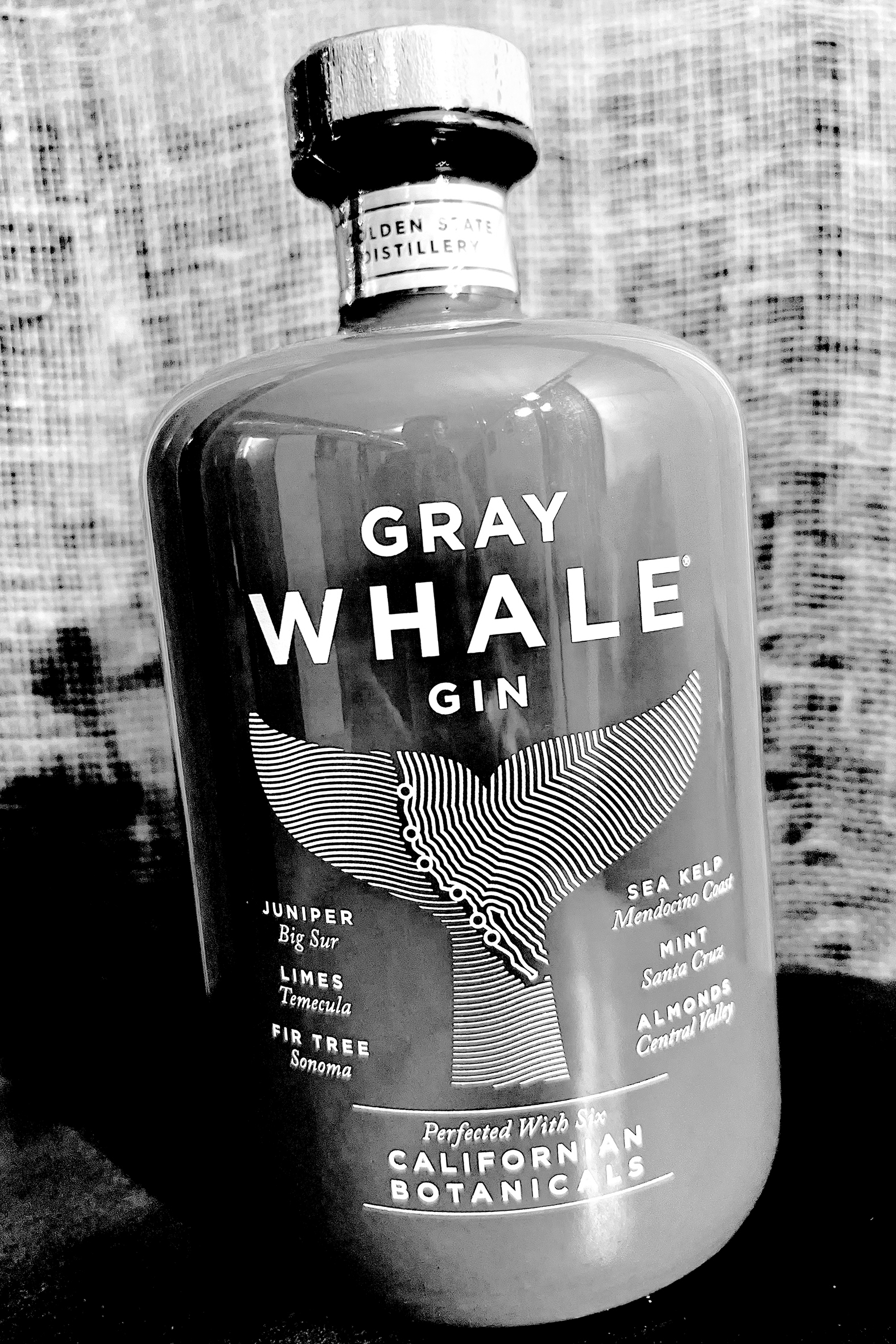
Alamere Gin (Made with Makrut Lime & Lemongrass), Marin County, California, Alamere Spirits
This gin’s neutral spirit is distilled from wheat.
44% ABV
$35.00 (free shipping in California)
Alamere is partly named after Alamere Falls, which is a tidefall (a waterfall spilling into the ocean) in Marin County, California. It also plays on the French term “à la mer,” meaning “to the sea.” Susannah and Olivier Souvestre are indeed a French couple living in California who gave up their restaurant businesses to start a small distillery hand-crafting a collection of spirits. They imported a copper alembic still from Bordeaux, France, and make this gin with local ingredients.
Besides juniper, the base of this spirit is the Makrut lime and lemongrass mentioned on the label, as well as citrus peels, coriander, grains of paradise, ginger, lemon, and thyme.
Tasting Note: Citrus notes jump from the glass of this Alamere Gin—fresh lime and lemon peel—along with distinct lemongrass, fresh ginger, white pepper, and aniseed notes. The palate is delicate and subtle with a zesty core and loads of pepper and spice nuances, finishing long and refreshingly saline. Viscous and rich in the mouth, the power here really sneaks up on you! 94 points.
Gray Whale Gin, Golden State Distillery, Sonoma, California
The neutral spirit for this is made from a corn (gluten-free) base, distilled six times.
43% ABV
$35.00
Golden State Distillery was founded by Marsh and Jan Mokhtari in 2016 in celebration of California. Sun-dried botanicals are poured directly into the pot still. Then fir-tree needles and fresh citrus zest are added to a vapor extraction bag and tied inside the copper pot still, above the base spirit.
One whiff of this brightly packaged gin, and you are transported to the California coast. The California botanicals are sustainably farmed or foraged, including juniper (from Big Sur), lime (Temecula), fir tree (Sonoma), sea kelp (Mendocino), mint (Santa Cruz), and almond (Central Valley). 1% of sales go towards protecting the world’s oceans.
Tasting Note: Scents of pine nuts, cedar, lime zest, and dried seaweed pop from the nose of the Gray Whale Gin, giving way to an undercurrent of tree bark, sea spray, and spearmint. The palate is uplifting and elegant with a satiny texture and a cedary finish. 95 points.
Tin City Gin, Tin City Distillery, Paso Robles, California
Made from a corn-based neutral spirit.
43% ABV
$36
Last week, I was visiting a few wineries around the winemaking hub called Tin City in Paso Robles and couldn’t resist dashing into the local distillery to grab a bottle of one of my favorite wine-country gins.
Layered on top of the classic juniper and pine notes are essences of Kaffir lime leaves, orris root, lavender, angelica, and multiple citrus zests.
Tasting Note: Citrus wafts of lime leaves, grapefruit, and lemon zest on the nose of the Tin City Gin are chased by notes of pine sap and lavender oil over a tree bark and coriander seed core. The palate contributes invigorating herbal and citrus peel notes with an alluringly creamy texture and a spicy kick to the finish. 93 points.
-
Article, Reviews & Photography by Lisa Perrotti-Brown
More articles
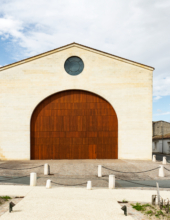
Mouton vs Lynch-Bages
06th Nov 2025
16 tasting notes
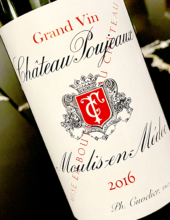
Chateâu Poujeaux 2000-2022
30th Oct 2025
8 tasting notes

Krug 1982-2008
29th Oct 2025
5 tasting notes
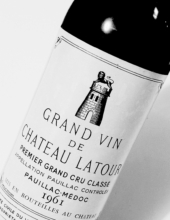
TWI Drinks
28th Oct 2025
1 tasting notes
Show all articles